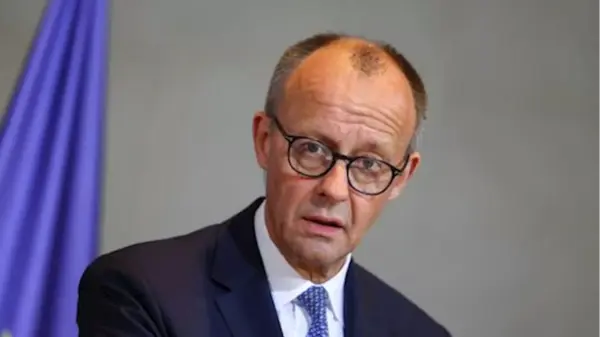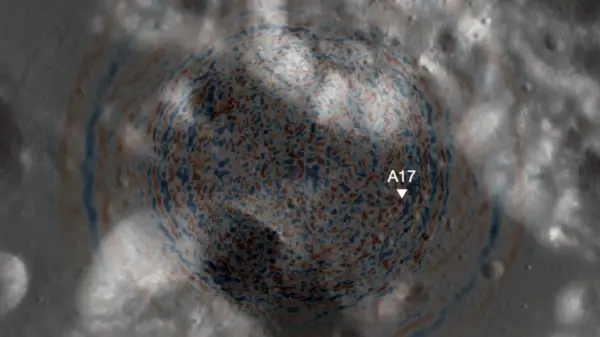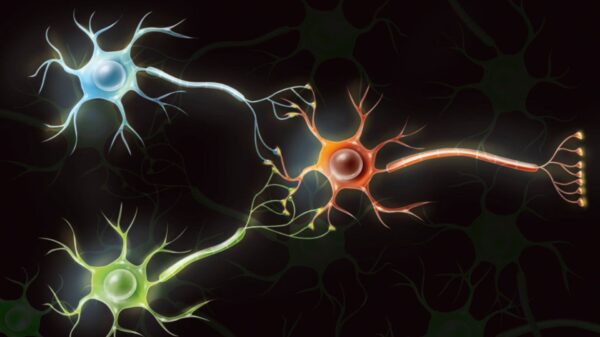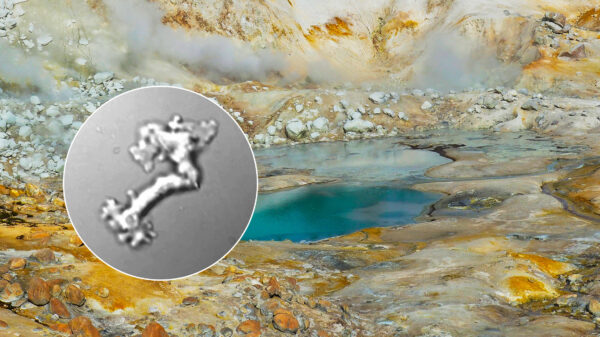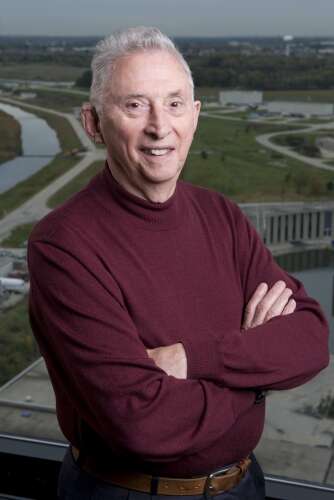John Peoples, the esteemed former director of the Fermi National Accelerator Laboratory in Batavia, has passed away at the age of 92. Peoples, who was instrumental in the laboratory’s groundbreaking discovery of the top quark, died on June 25, as confirmed by an announcement from Fermilab.
During his tenure from 1989 to 1999 as the third director of Fermilab, Peoples was a pivotal figure in the world of particle physics. Under his leadership, the laboratory was celebrated globally for its significant contributions to scientific research, particularly the discovery of the top quark in March 1995.
Legacy of Leadership and Scientific Inquiry
John Peoples joined Fermilab in 1971, initially on a sabbatical from Columbia University. He quickly became an integral part of the lab’s research efforts, eventually being appointed as the head of the proton beamline by the founding director, Robert Wilson, in 1973. By 1975, Peoples had officially joined the lab as the head of its research division.
His leadership was marked by notable achievements, including the design and construction of an antiproton source that surpassed any other facility worldwide in terms of collection and storage. In 1987, he was appointed as the deputy lab director under Leon Lederman, further solidifying his influence in the field.
“Knowledge is a form of wealth. It is an investment,” Peoples once stated, underscoring his belief in the intrinsic value of pure scientific research.
Impact on High-Energy Physics
Peoples’ tenure coincided with the operation of the legendary Tevatron accelerator, which played a crucial role in the discovery of the top quark. His foresight led to the initiation of an astrophysics program at Fermilab, broadening the laboratory’s scientific horizons.
Young-Kee Kim, the interim lab director, praised Peoples’ contributions, stating, “Achieving great science requires great leadership, and John Peoples was that. His passion and dedication to physics and astrophysics led to significant contributions in Fermilab’s history.”
Former Fermilab scientist Steve Holmes also highlighted Peoples’ strategic vision, noting, “He was director during a very critical period, when the Tevatron accelerator really came to the forefront. If not for his insight, Fermilab and the U.S. would not have an accelerator-based high-energy physics program today.”
Acknowledgments and Continued Influence
In recognition of his contributions, Peoples was awarded the Robert R. Wilson Prize for Achievement in the Physics of Particle Accelerators by the American Physical Society in 2010. This accolade celebrated his “critical and enduring efforts in making the Tevatron collider the outstanding high-energy physics accelerator of the last two decades.”
Even after his retirement, Peoples remained actively engaged with Fermilab, frequently visiting to check on projects like the Dark Energy Survey and engaging with scientists about ongoing experiments.
“John was a great leader,” Holmes remarked, emphasizing Peoples’ role in securing funding for the Main Injector upgrade, which has been vital to the lab’s scientific endeavors since the 2000s.
Looking Forward
As Fermilab continues to push the boundaries of scientific discovery, the legacy of John Peoples serves as a guiding beacon. His contributions have not only shaped the laboratory’s past but also paved the way for future advancements in high-energy physics.
The passing of John Peoples marks the end of an era for Fermilab, yet his vision and dedication to science will continue to inspire generations of physicists and researchers worldwide.













